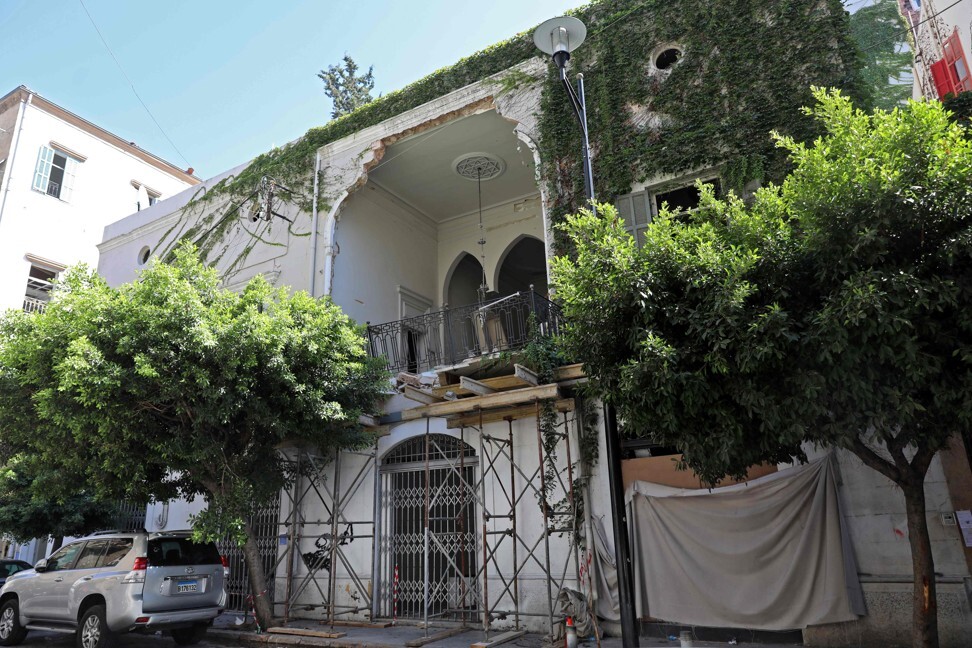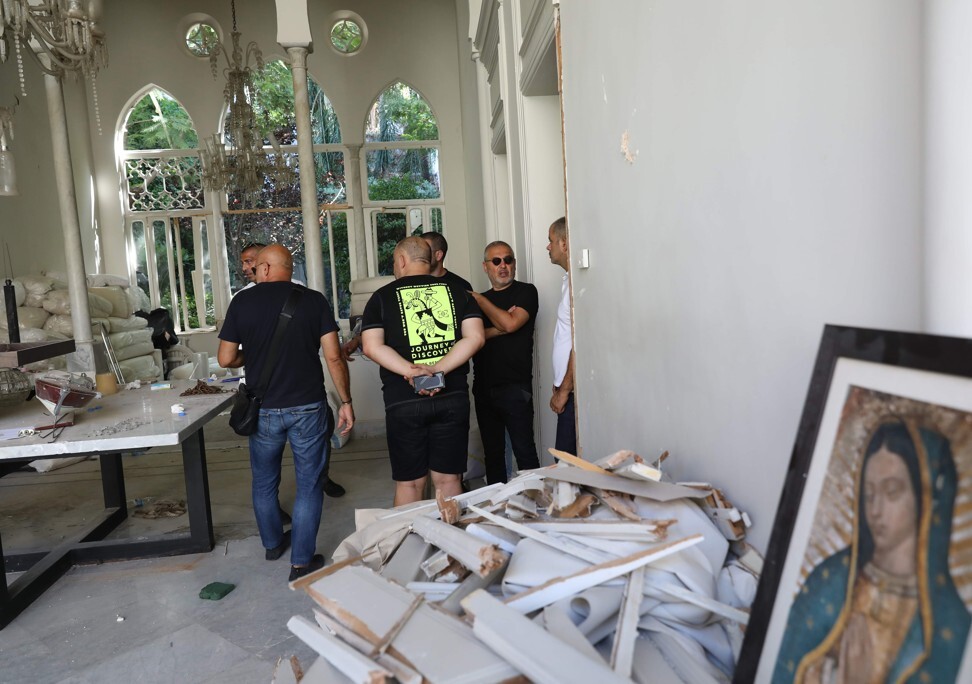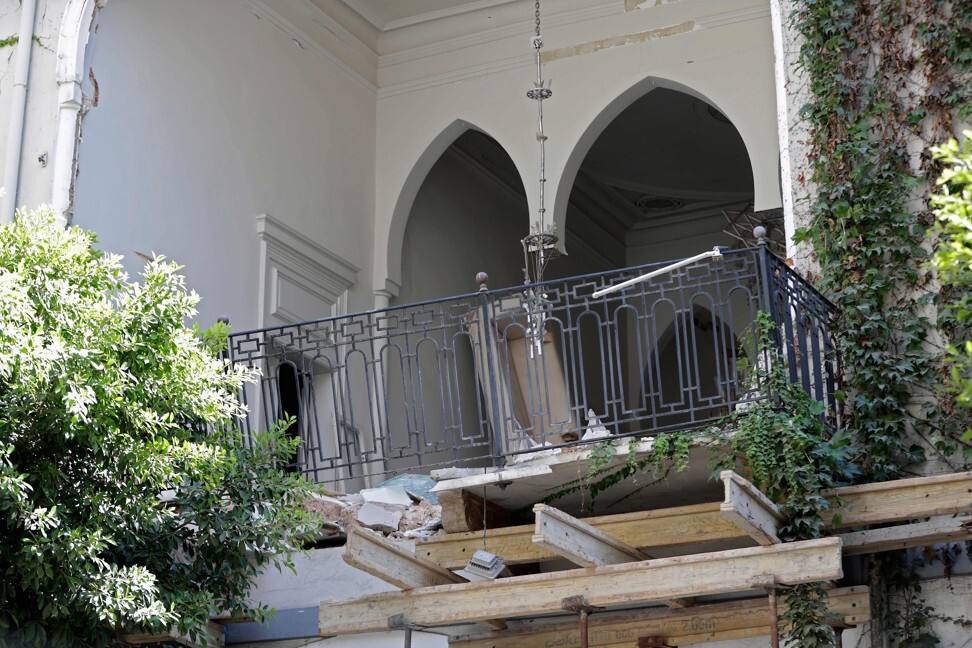
Elie Saab returns to his destroyed Beirut home after blast: the top fashion designer from Lebanon has dressed Kate Middleton, Liu Yifei
- Although his home in Beirut was wrecked by the massive August 4 explosion, the first thing fashion designer Elie Saab wanted to know was if anyone was hurt
- Saab has dressed royalty including Britain’s Kate Middleton and a host of A-list celebrities, among them actresses Halle Berry, Helen Mirren and Liu Yifei
“Thank God everyone is OK,” Saab told his team on his first visit to the house almost two weeks after the blast, as he picked his way through glass around a damaged marble-top table.
His elegant home overlooking the main street of Beirut’s trendy Gemmayzeh district was frequented by celebrities from Lebanon and abroad.


The blast disfigured huge swathes of the capital, killed 177 people and injured 6,500 more. It ripped open the face of Saab’s carefully renovated early 20th-century home, exposing one of the few examples of traditional Lebanese architecture left in the city after the 1975-1990 civil war.

“This place was alive,” Saab’s long-time assistant Johnny Zeinoun said. “To see it like this …” his voice trailed off as he looked at the destruction around him.
Few people were in the house at the moment of the explosion, Zeinoun said as he showed a video of the main hall just after the blast, jagged glass hanging from antique Damascene mother-of-pearl-inlaid mirrors.
The first thing Saab asked was if anyone was hurt, Zeinoun recalled. “He said: ‘I don’t want to hear that there’s any blood.’”

Saab acquired the house in 2006 and renovated it with Venezuela-born, Beirut-based architect Chakib Richani.
“Saab wanted to protect the architectural identity and construction of the house,” with its traditional-style arched windows and high ceilings, said fashion journalist Ali Jaffal, who works with the designer. Pictures published by Architectural Digest in 2009 showed the graceful, airy central hall partitioned by marble columns framing tall windows and warmed by the light of Ottoman-era chandeliers.
Now it is a scene of destruction. Through a gaping hole, wrecked homes can be seen across the street, their blown-out windows and doors leaving them equally exposed.

Several of the neighbourhoods hardest hit by the blast, including Gemmayzeh, housed art galleries and boutiques, along with hip bars and restaurants. Their destruction dealt a devastating blow to a creative sector already beleaguered by Lebanon’s worst economic crisis since the civil war.
Images shared on social media show detritus spilling out of once-glittering display windows, and lettering hanging loose from the building’s facade.
“The efforts of years went in a moment,” Murad wrote on Instagram.


Just down the road from Saab’s home is the flagship atelier of designer Rabih Kayrouz, housed in the 19th-century Dagher Palace.
“We are leaving … this beautiful lady to recover,” Kayrouz wrote on Instagram. “We will be back soon.”

“The main goal of Mr Saab is to reconstruct,” he said.
“’We started once, we can start again’,” Saab told him.

.png?itok=arIb17P0)